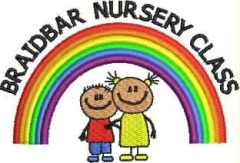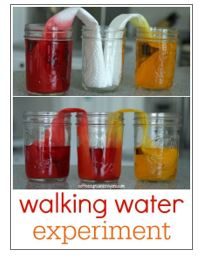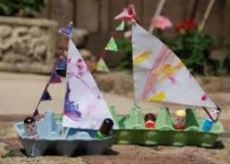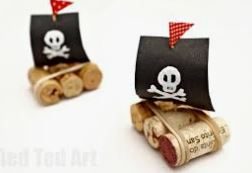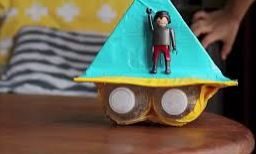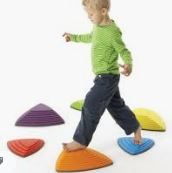Good morning!
It was great to see you all doing well and to hear about your favourite toys on our blethers this week. If you have any ideas for a blether focus next week please get in touch on our Team and let us know.
If you would like to share any of your child’s recent achievements with the wider school community please refer to Mrs Friel’s letter/message from Tuesday 26th January.
We saw some interesting water play yesterday with evidence of deep thinking as well as lots of fun. Let’s hope for more of the same today!
A. Yesterday we asked you to think about the many times and ways you use water in your day. This rhyming book gets us to think about the many wonderful things that water can be… Why don’t you act out different parts of the story of water, using you voice and moving your body in interesting ways?
B. How many times will you wash your hands today? Why don’t you keep track with a sticker or simple mark on a page every time you do? Can you remind others in your family to wash their hands throughout the day? Talk about times when we should wash our hands before or after doing something.
Practising mark making and letter formation can be fun with magic painting! Use white paper, crayons, watercolour paints, brushes to do some wax resist mark-making. First draw or write carefully – you’ll need to lean quite hard – then paint over the top with a light wash of colour. Maybe you could play with an adult or sibling and get them to write letters that you can paint over and identify.
D. Here are a couple of rhymes which mention the sea to sing with your family –
Ring- a –Ring-a Roses
Hold hands in a circle and move to the left as you sing dropping down to the floor at the end –
Ring- a ring a ros-es
A pock-et full of pos –ies.
A – tish – oo, a – tish – oo,
We all fall down
While you are crouching –
Down at the bottom of the deep blue sea
Catching fishes for (child’s name’s) tea
One, two, three!
Jump up, and get ready to start again!
A sailor went to sea
Maybe you could clap or make up your own actions to go with this one?
A sail-or went to sea, sea, sea
To see what he could see, see, see.
And all that he could see, see, see
Was the bottom of the deep blue sea, sea, sea.
A sail-or went to chop, chop, chop
To see what he could chop, chop, chop
And all that he could chop, chop, chop
Was the bottom of the deep blue chop, chop, chop.
A sail-or went to knee, knee, knee
To see what he could knee, knee, knee
And all that he could knee, knee, knee
Was the bottom of the deep blue knee, knee, knee.
A sail-or went to sea, chop, knee
To see what he could sea, chop, knee
And all that he could sea, chop, knee
Was the bottom of the deep blue sea, chop, knee.
Happy singing time!
E. You might want to investigate how water travels in plants or other materials. Here are a couple of ideas:
- Fill a jar for each colour and add food colouring.
- You will need an additional empty glass of the same size for each pair of colours.
- Cut a paper towel in half and then fold it into quarters lengthwise.
- Stick one end of the paper towel into the coloured water and one end into the empty jar.
- The water should then move or “walks” up the paper towels into the empty jar.
- The middle jar should then fill up with water until the water levels of all the jars are equal.
Can you use some everyday items and create a boat, ship or raft that will float in the bath? Which materials will be waterproof? Which will join together easily? How will you join them? Can you add or remove something to make your boat more stable and stay afloat? Can it transport some Lego, Playmobil or other figures? We’d love to see!
Look closely at these paintings of lakes and ponds and talk about what you see. Describe the colours and shapes. Do you like them? What details can you spot? Why does it look like part of the first painting is repeated but upside down? Do you know the names of the plants on the surface of the water in the second painting? Think of your own questions to ask.
Use Lego, wooden blocks or other materials to build a bridge for your toys to cross a river, or the lava that we often try to avoid!
Maybe YOU could be the one to cross by setting up stepping stones, indoors or outdoors. Take care not to slip!
I. Join Jojo and Gran Gran as they go ice skating on some frozen water.
https://www.bbc.co.uk/iplayer/episode/m000rr9h/jojo-gran-gran-winter-1-its-time-to-iceskate
Practise your listening skills and find out where hot water comes from. Talk about your ideas before listening then share what you learned at the end. Did you learn any new words or facts. Can you tell an adult what you know at bath time or ask them what they know about hot water?
https://www.bbc.co.uk/cbeebies/radio/do-you-know-hot-water
If you listen to this programme you can find out more about waterfalls. Maybe on Teams Miss Paterson will tell you about when she visited one of the biggest waterfalls in the world and saw something called a lunar rainbow. It was truly magical.
https://www.bbc.co.uk/cbeebies/radio/cbeebies-radio-nina-and-the-neurons-waterfalls
K. Finally, get outside and splash in some puddles if you can!
